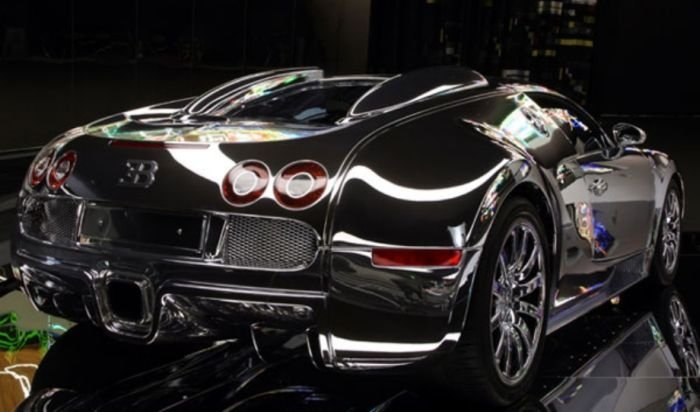|
|
Chromium Car
|
Hexavalent chromium plating, also known as hex-chrome, Cr+6, and chrome (VI) plating, uses chromic anhydride, also known as chromium trioxide, as the main ingredient. Hexavalent chromium plating solution is used for decorative and hard plating, along with bright dipping of copper alloys, chromic acid anodizing, and chromate conversion coating.
A typical hexavalent chromium plating process is: (1) activation bath, (2) chromium bath, (3) rinse, and (4) rinse. The activation bath is typically a tank of chromic acid with a reverse current run through it; this etches the workpiece surface and removes any scale. In some cases the activation step is done in the chromium bath. The chromium bath is a mixture of chromic acid (CrO3) and sulfate (SO4); the ratio of which varies greatly between 75:1 to 250:1 by weight. This results in an extremely acidic bath (pH 0). The temperature and current density in the bath affect the brightness and final coverage. For decorative coating the temperature ranges from 95 to 115 °F (35 to 46 °C), but for hard coating it ranges from 120 to 150 °F (49 to 66 °C). Temperature is also dependent on the current density, because a higher current density requires a higher temperature. Finally, the whole bath is agitated to keep temperature steady and increase a uniform deposition.
Disadvantages
One functional disadvantage of hexavalent chromium plating is low cathode efficiency, which results in bad throwing power. This means it leaves a non-uniform coating, with more on edges and less in inside corners and holes. To overcome this problem the part may be over-plated and ground to size, or auxiliary anodes are used around the hard-to-plate areas.
|
|









